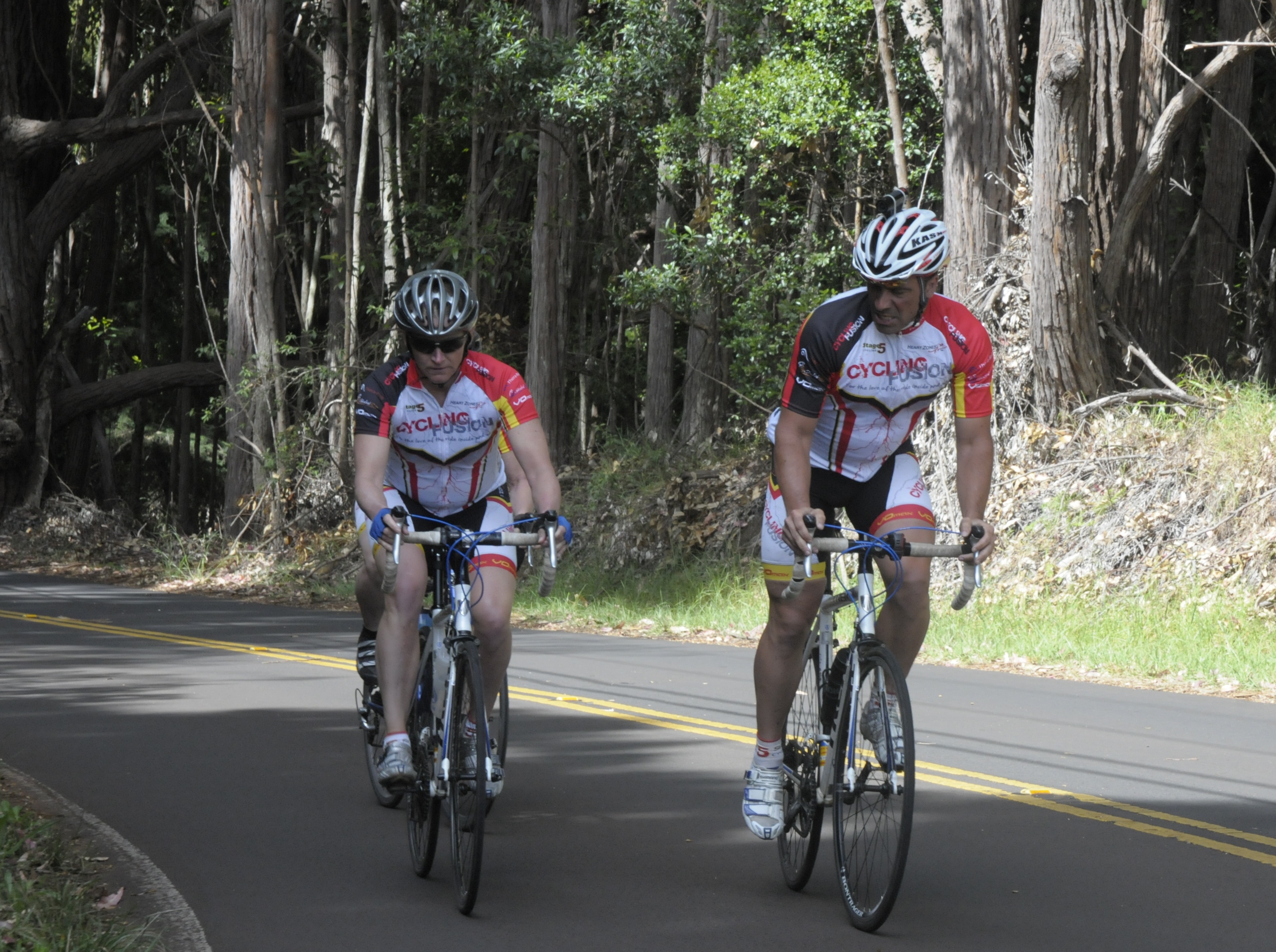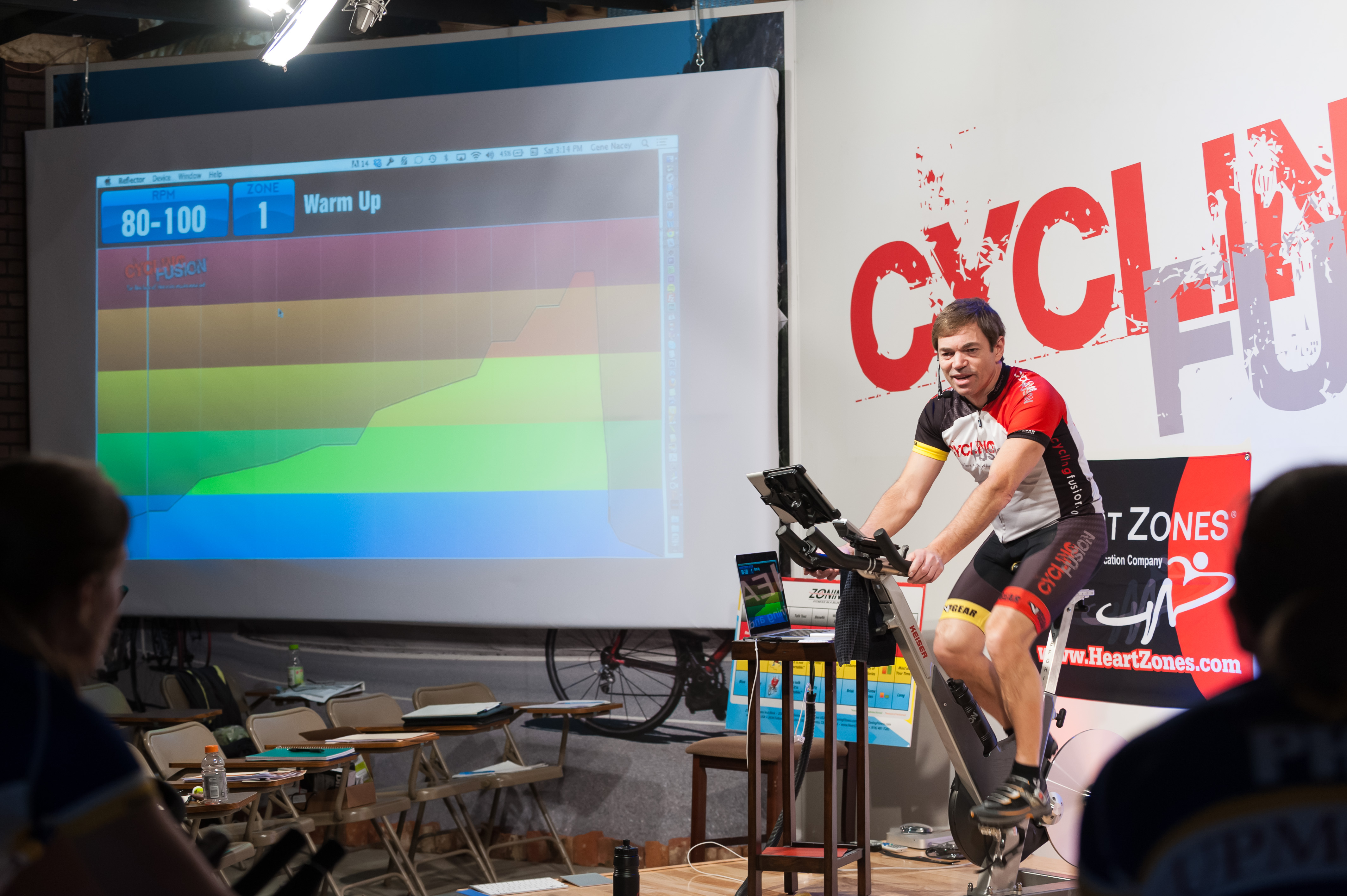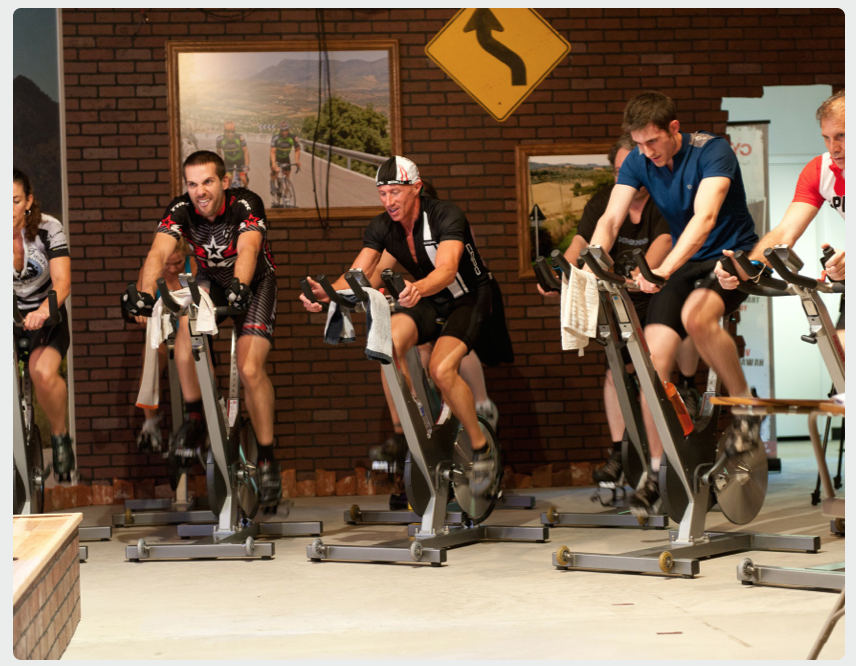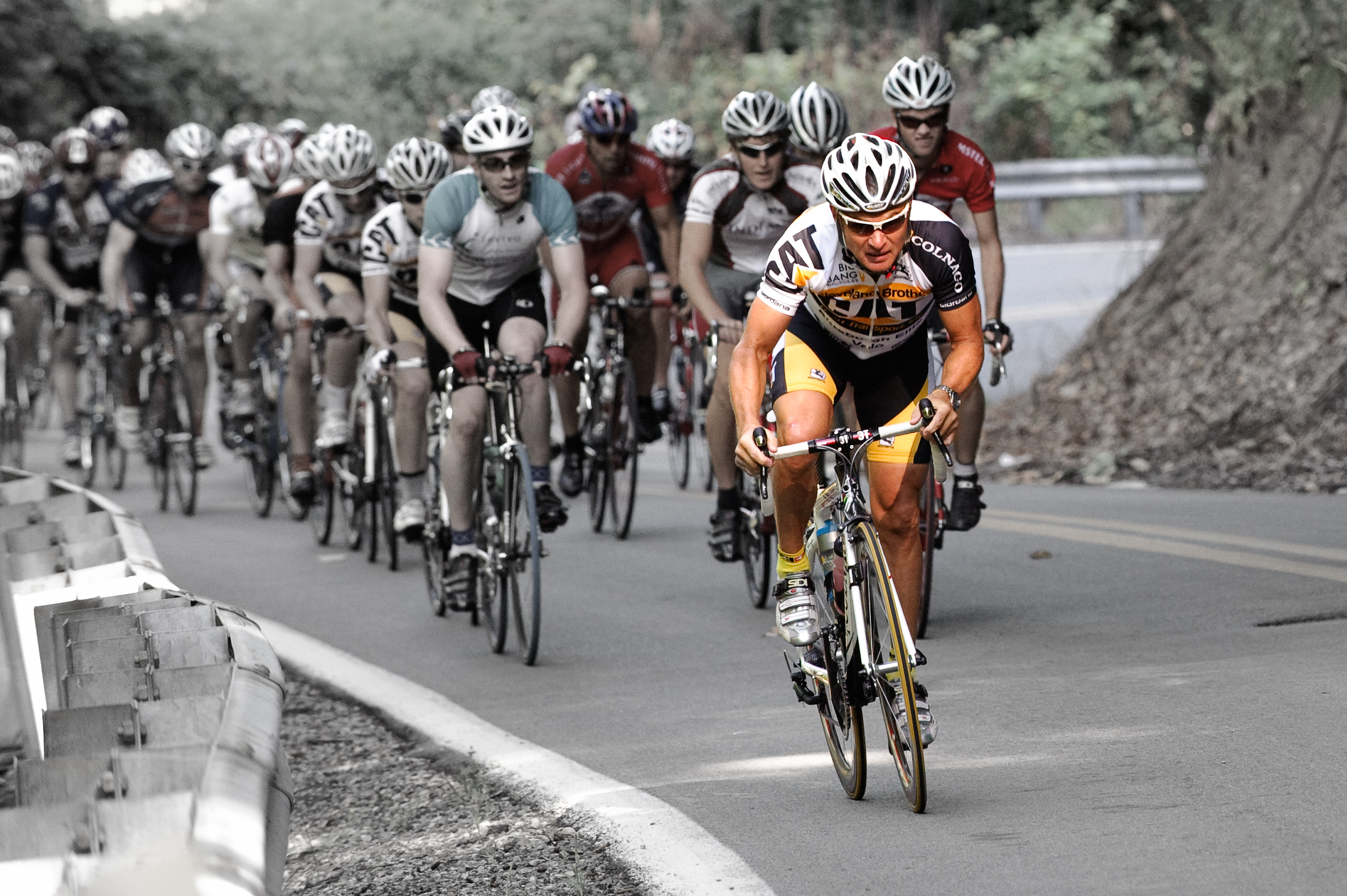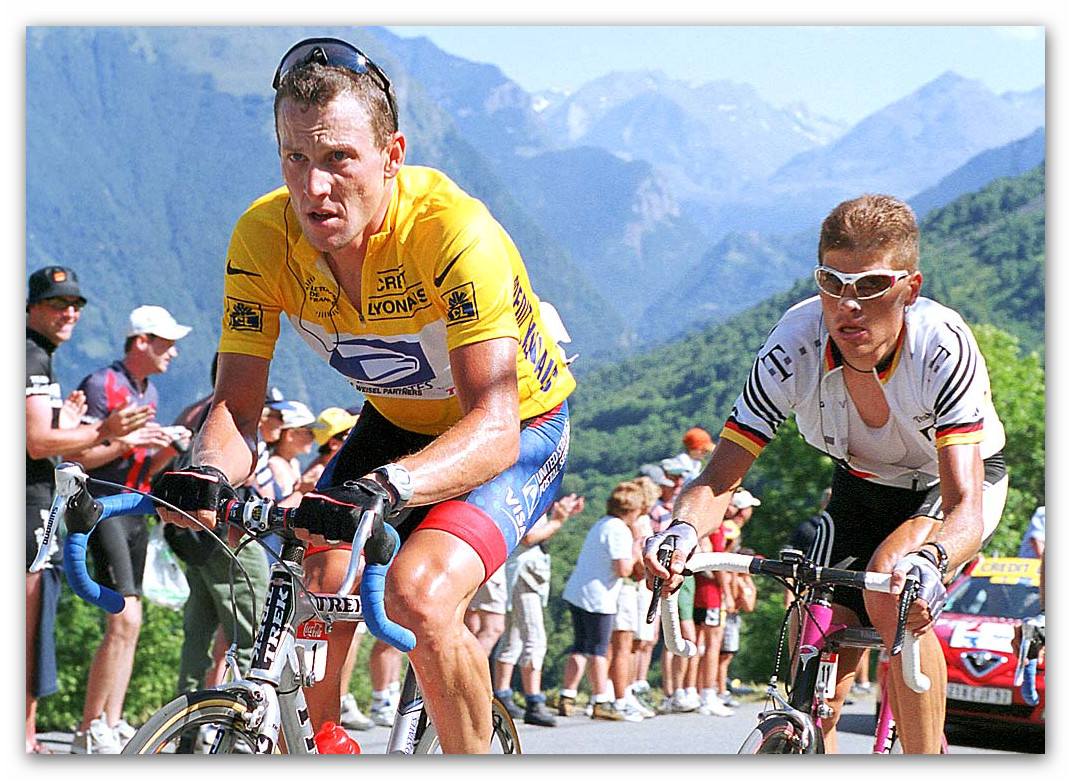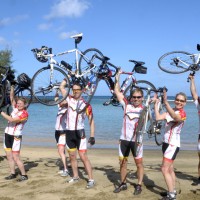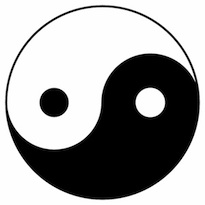Power Training for Indoor Cycling Chapter 19 Part 1: Building Power Workouts
What turns a workout into a power workout is simply the overall objective of that ride. While we can call these ‘power’ workouts, they will also improve your cardiovascular performance. The physical systems that produce energy in your body are all connected, and it is hard to affect one without impacting the other. We can target our workouts for specific applications of power, and this chapter will provide examples of this.Read more…



